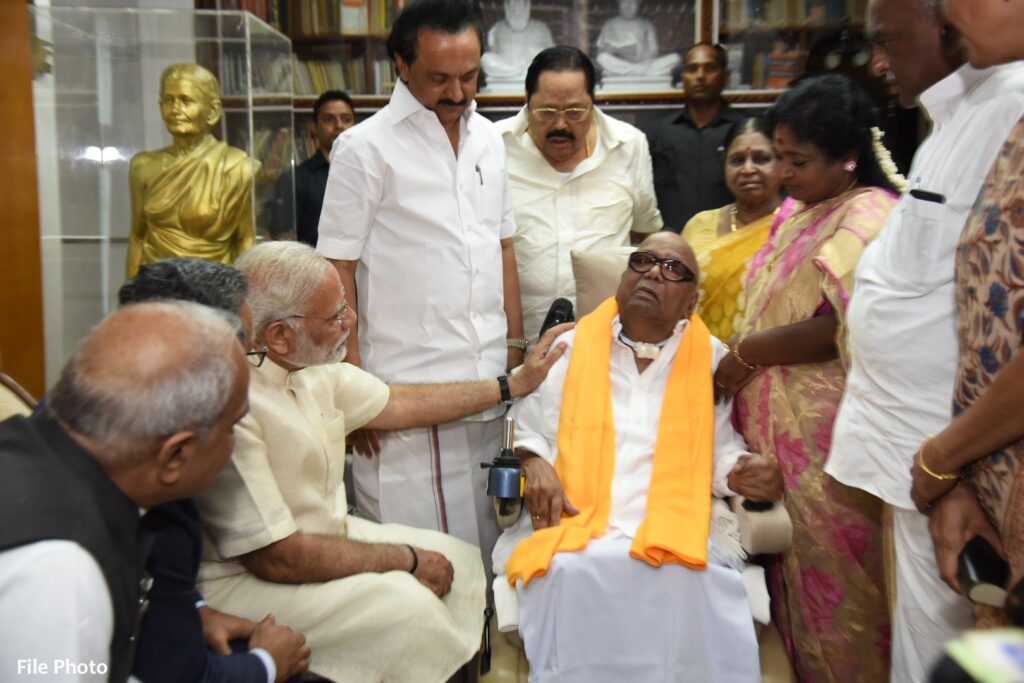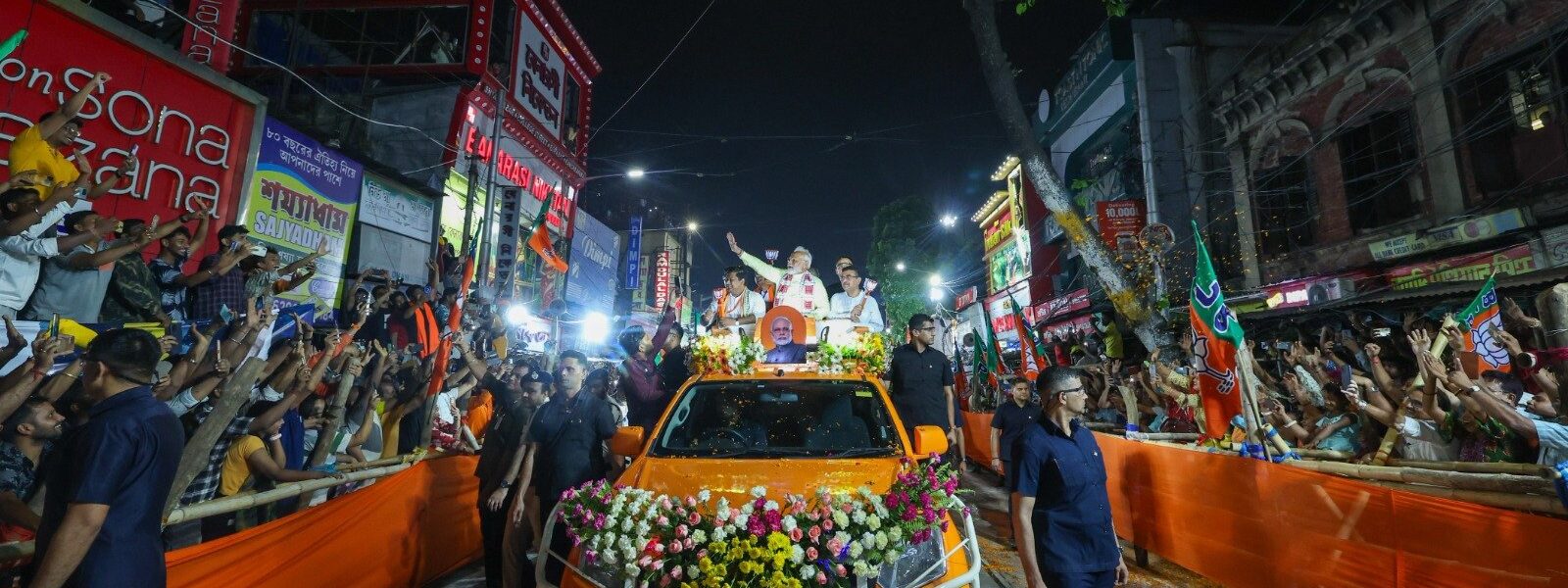In a landmark election, Prime Minister Narendra Modi’s Bharatiya Janata Party (BJP) and its coalition partners have clinched a historic third consecutive term in power, solidifying Modi’s leadership and the BJP’s dominance in Indian politics.
Election Overview
The world’s largest democratic exercise unfolded over seven phases across six weeks, with over 600 million voters participating across 543 parliamentary seats. Despite formidable opposition, the BJP-led National Democratic Alliance (NDA) emerged victorious, underscoring the electorate’s endorsement of Modi’s leadership.
Key Victories and Coalition Dynamics
The BJP secured significant wins in key states such as Himachal Pradesh, Uttarakhand, Arunachal Pradesh, Madhya Pradesh, Delhi, Gujarat, Chhattisgarh, and Assam. Strategic alliances with coalition partners like the Janata Dal and regional parties such as the Telugu Desam Party (TDP) and the Janata Dal United (JDU) played a pivotal role in expanding the BJP’s electoral footprint.

Challenges and Opposition Resurgence
Despite the BJP’s triumph, the opposition India bloc, comprising a diverse array of parties, made notable gains in states like Uttar Pradesh, West Bengal, and Maharashtra. This resurgence underscores the evolving political landscape and the need for the ruling coalition to address the concerns raised by the opposition.
Implications and Road Ahead
As Modi embarks on his third term, the focus will be on navigating the complexities of governance and delivering on promises made to the electorate. The historic victory not only reaffirms Modi’s leadership but also underscores the resilience of Indian democracy. Moving forward, inclusive governance and engagement with diverse voices will be crucial for national unity and progress.






